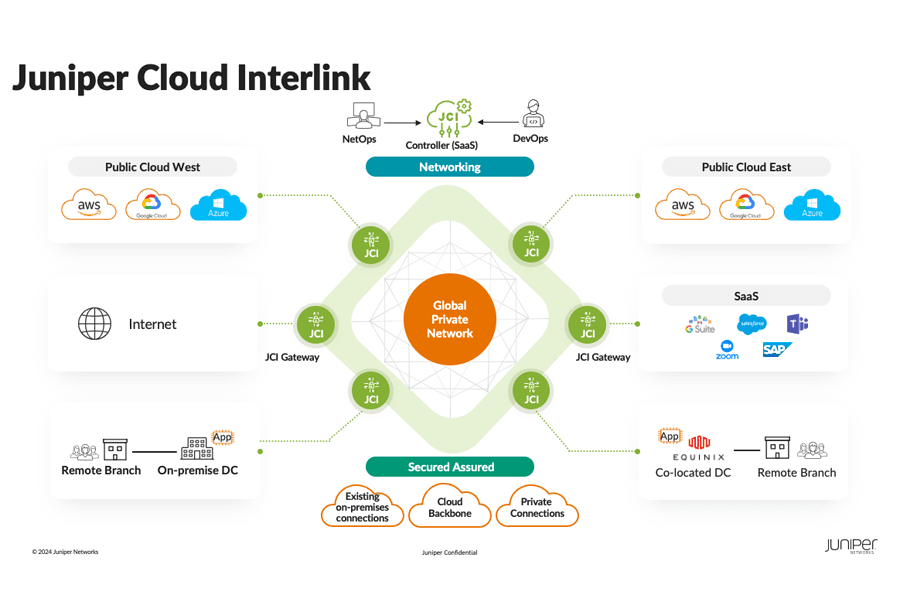You don’t have to look far to see why IT teams are struggling to deliver a reliable user experience across their network. Many networks are overwhelmed by the number of wireless devices connecting to them. It started with the Bring Your Own Device (BYOD) revolution which was accelerated by the birth of the smartphone…a device that didn’t even exist when the pervasive wireless LAN controller technologies were created. Fast forward to today, the Internet of Things (IoT) is now boosting the number of connected devices by an order of magnitude with over 75 billion devices predicted by 2025.

With the soaring number of connected devices and most businesses transforming to a wireless-first mode of operation where the Wi-Fi is the primary, and often only, connectivity medium it is becoming even more critical to orchestrate network operations for scalability and gain better insights into the user experience through Service Level Expectations. You can’t afford to double or triple your IT team to support all of these new devices. At Juniper Networks, that is where we believe you need to leverage AI to draw insight from large data sets and to automate the network.
The Mist solution is built from the ground-up with 100% API operation and an intuitive, simplified UI that exposes most of the available functionality. We have also integrated support for standardized OpenConfig APIs and were the first Wi-Fi vendor to do so, with some of our largest customers automating and operating their networks without ever using a CLI or WebUI interface, all through the power of APIs.
We expect that initially most customers will strike a balance in the middle, using the WebUI as the primary interface and using the APIs in parallel to create custom features or functionality specific to their business. In part five of our Automation Webinar series, we will show you how easy it is to start exploring the Mist APIs without having to be an expert programmer.
View our on-demand replay of Automating your AI for IT™ Network with Mist to learn how you can start automating your network functions with APIs. During the webinar, we also share additional resources like our online API course and other examples to help you get started.


